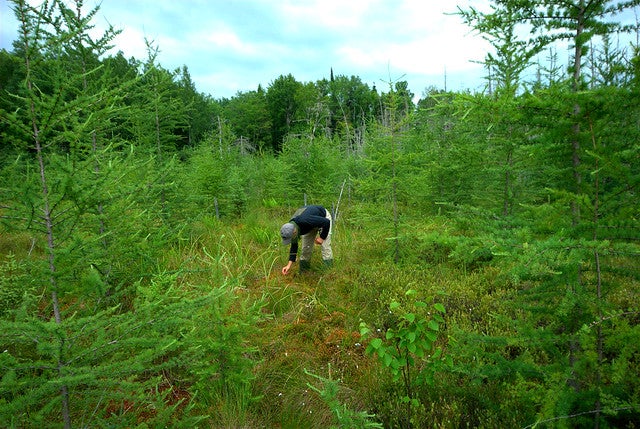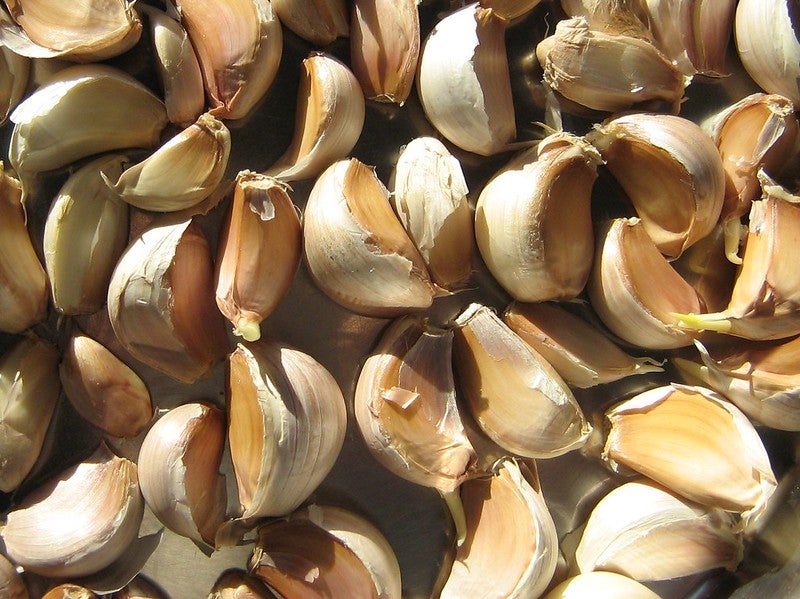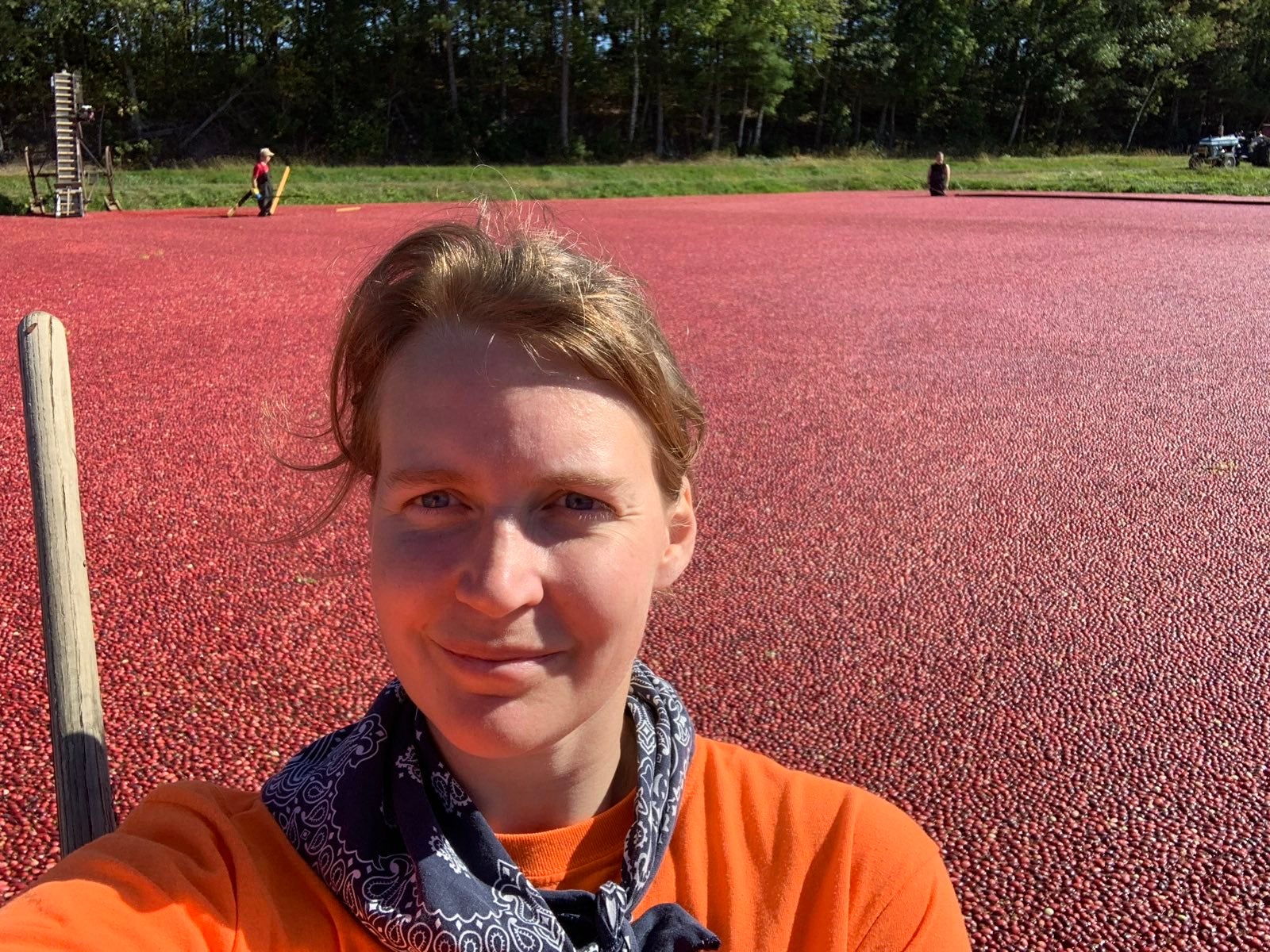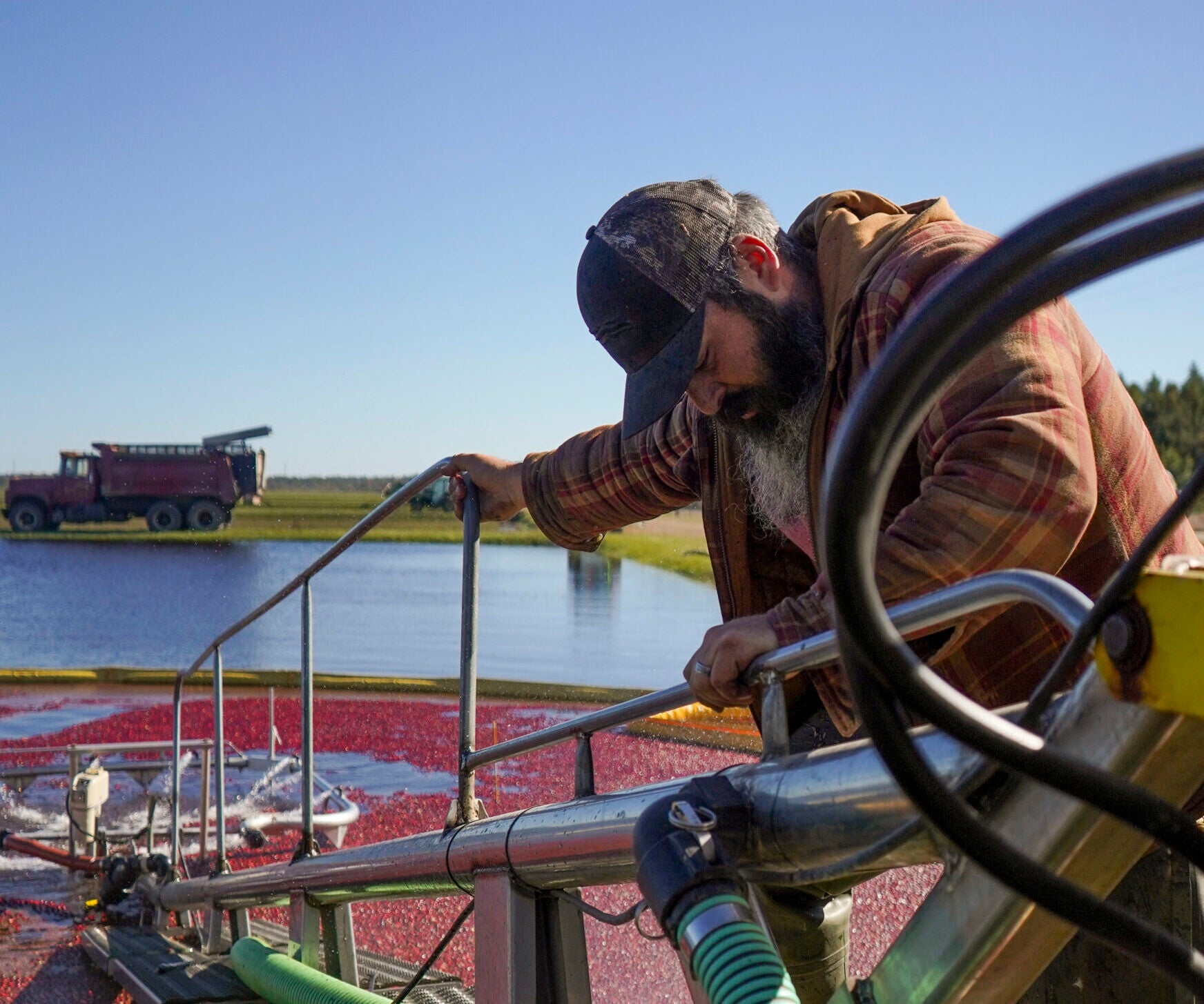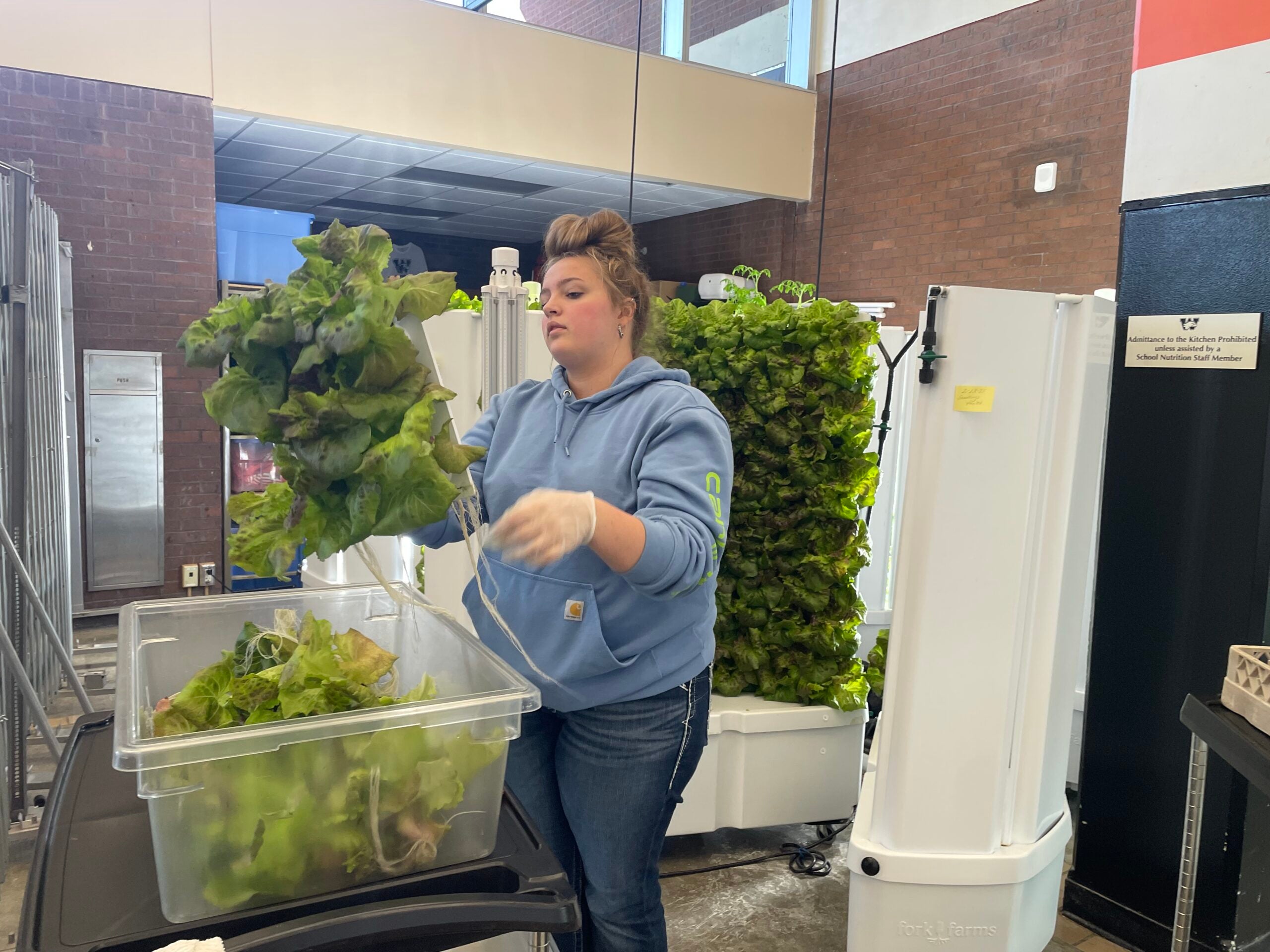In the marshy waters of central and northwestern Wisconsin, there’s a little known prehistoric plant called sphagnum moss that settled in after the glaciers receded.
David Epstein, owner of Mosser Lee in Millston, the largest producer of the moss in the U.S., estimates that about half of the world’s sphagnum moss is grown in the marshy sections of Jackson, Monroe, Wood and Clark counties, where the prehistoric sea, known as Glacial Lake Wisconsin, once resided.
“Our area was covered with that water for thousands of years,” he said. “The moss survived underneath that water and it can survive if it’s frozen … that’s why it is here and doesn’t exist in a lot of other countries and other states in the United States.”
News with a little more humanity
WPR’s “Wisconsin Today” newsletter keeps you connected to the state you love without feeling overwhelmed. No paywall. No agenda. No corporate filter.
Wisconsin is the only state in the U.S. to commercially harvest sphagnum moss, but despite its role as a major resource, it’s not well known, and has even been called Wisconsin’s “invisible industry.”
Certainly one of the state’s more unusual plants, sphagnum moss’ unique properties have taken it from early uses like diapers for children and keeping odors from meat at bay to more modern uses, like in hanging baskets.
Below are five facts you might not know about the plant:
1. It can hold 20 times its weight in water
Sphagnum moss has a unique cell structure that allows it to hold water for a very long time. Epstein likens it to a shoe.
“I like to describe it as looking kind of like your shoe in that there’s a hole and then there’s the surface area that exists inside the shoe and then on the outside,” he said. “It’s got a unique property of being able to attract water molecules, so the water molecules get stuck inside.”
Those properties make it good for maintaining tropical plants, Epstein said.
“Tropical plants need a moist environment, but not a soggy environment,” he said. “The moss can absorb the water and hold it away from the roots until the roots need it, they love that type of environment.”
2. Historically, it was used for wound preservation
Because sphagnum moss is sterile and has some antibacterial qualities, it has a long history of medical uses. In World War I, it was even used as sponges during surgeries when sponges and bandages that were typically used were scarce, Epstein said.
Today, it’s much more commonly found and used for gardening purposes. Those same antibacterial and water absorption qualities make it helpful for growing healthy plants.
3. It takes 7 to 10 years to grow back to harvest length
While Wisconsin’s geography allows the plant to grow, its winters hold it back.
The moss needs to be about 10 to 12 inches to be harvested, which takes about seven to 10 years because it stops growing during winter months.
“It’s a renewable plant because of its spawning … but it takes that long, primarily because of the winters here,” Epstein said. “So when the marshes freeze, there’s no growth.”
4. It’s a non-vascular plant
As a non-vascular plant that grows in dense clumps in marshes, sphagnum moss gets all of its nutrients from its leaves and none from a root system.
“What’s so interesting about it is that its small leaves have only a single cell structure, which makes it perfect for absorbing water,” he said.
Once the moss has been harvested — raking by hand or machine at the soil line, so it can continue to spawn — Epstein said they continue to use the old method to dry it out, putting it in the sun to air dry.
5. The only other places it grows have a similar geologic history
Wisconsin is home to the largest marsh in the world — close to about 1,000 acres — that grows sphagnum moss, Epstein said. It also grows in Chile, Argentina, Japan, Norway, New Zealand, among several other places.
“All of those places where it grows has had the same type of glacial action that we have here in Wisconsin that it was left during the last glacier,” he said.
Wisconsin Public Radio, © Copyright 2025, Board of Regents of the University of Wisconsin System and Wisconsin Educational Communications Board.

